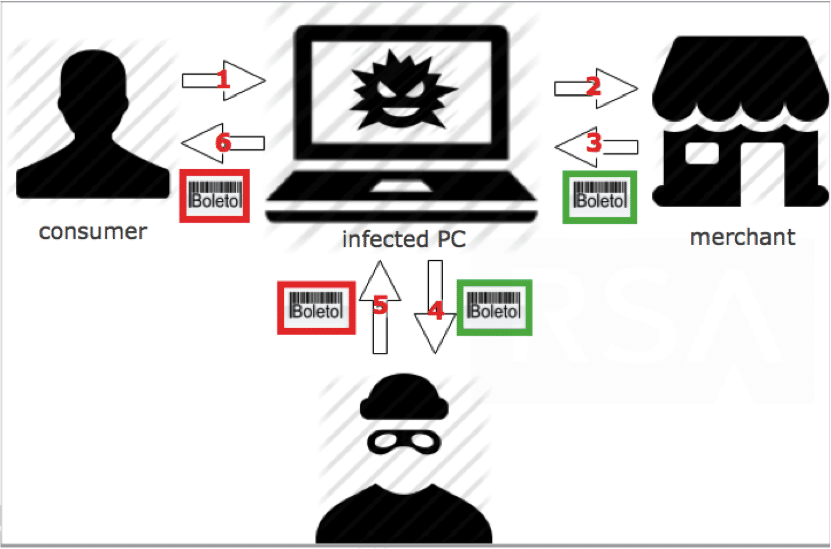In-brief: Google warned its users that unauthorized digital certificates have been issued for several of its domains. The certificates are linked to an intermediary certificate authority for CNNIC, which administers China’s domain name registry. Updated with comment from Kevin Bocek of Venafi. Paul 3/27/2015
man in the browser attack
Researchers Warn Of Flaws In Popular Password Managers
Researchers from the University of California, Berkeley have published a paper describing security holes in five, web-based password managers including LastPass, My1login and Roboform. According to the paper (PDF), four out of the five password managers inadvertently leaked a user’s credentials for stored web sites due to all-too-common web based security flaws like Cross Site Request Forgery (CSRF) and Cross Site Scripting (XSS). The researchers, Zhiwei Li, Warren He, Devdatta Akwawe and Dawn Song, all of the University of California Berkeley, said that they disclosed the holes in August of last year and that all of the affected firms and that all but one – NeedMyPassword – have since patched the vulnerabilities. All the password managers tested were found to contain one of a short list of security problems. Either they were vulnerable to classic web-based holes (like XSS), or they were found to be susceptible to user interface-focused attacks, like […]
RSA: Boleto Fraud Ring in Brazil Linked To Billions in Bogus Transactions
RSA, the security division of EMC Corp. said on Wednesday that its researchers uncovered a massive online fraud ring that has infiltrated The Boleto, a popular payment method in Brazil. RSA said in a blog post on Wednesday that a coordinated investigation a “Boleto malware or ‘Bolware’ fraud ring that may have compromised 495,753 Boletos transactions over a two-year period. The value of the transactions is estimated at $3.75 billion USD, or $8.57 Brazilian Reals. The Boleto is a popular and regulated electronic payment system that is the second most popular form of payment in the country, after credit cards. According to RSA, the malware in question allows attackers to carry out man-in-the-browser attacks that modify transaction details on an infected client system so that funds are directed into mule banking accounts controlled by the fraudsters. RSA researchers discovered 8,095 fraudulent Boleto ID numbers tied to 495,753 compromised transactions. The Bolware botnet is […]
The Heartbleed OpenSSL Flaw: What You Need To Know
There’s a serious vulnerability in most versions of the OpenSSL technology that requires an immediate update to avoid exposing sensitive information and Internet traffic to snooping. In response, the SANS Internet Storm Center (ISC) has raised its InfoCon (threat) level to “Yellow,” indicating that…well…the Internet’s not as safe a place today as it was yesterday, before the vulnerability was released. Here’s what we know right now: + Researcher Neel Mehta of Google Security discovered the vulnerability, which was apparently introduced with a OpenSSL update in December, 2011, but only fixed with the release of OpenSSL 1.0.1g on Monday. + Dubbed “heartbleed” (thank the Codenomicon marketing department for that one), the vulnerability (CVE-2014-0160) is described as a TLS heartbeat read overrun. TLS stands for Transport Layer Security. According to OpenSSL.org, vulnerable versions of the OpenSSL software have version numbers ranging from 1.0.1 and 1.0.2-beta. + Codenomicon described the vulnerability as an “implementation problem” […]
Could Ad Networks Power Massive, Browser-Based Botnets?
When it comes to security, the web is insecure-by-design. We’ve known that for a long time – what with “man in the middle” attacks like FireSheep, drive-by download attacks and more. The problem has always been how to scale web based attacks. At the end of the day, having an attack web page is great but, like every other website owner, you still have to figure out how to get people to visit your site! Now researchers at WhiteHat security say they’ve found an easy way around the “scale” problem: ad networks. In a presentation at Black Hat this week, Jeremiah Grossman, the CTO of WhiteHat Security, and Matt Johansen, the Manager of Threat Research there, will show how would-be attackers can parlay a small cash outlay into a sizeable browser-based botnet that could be used to send out spam, spread malicious code or launch denial of service attacks on other web […]



